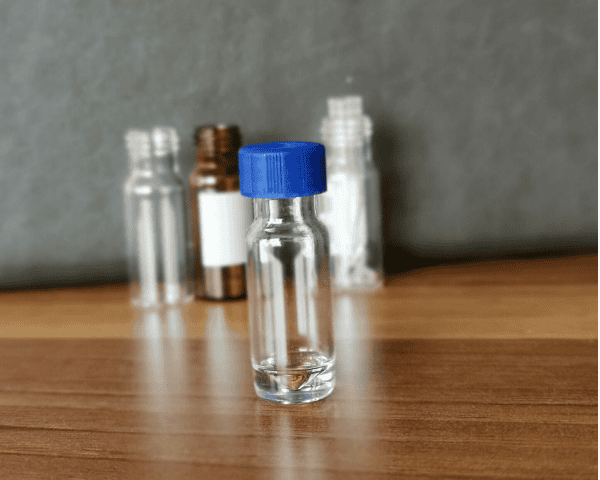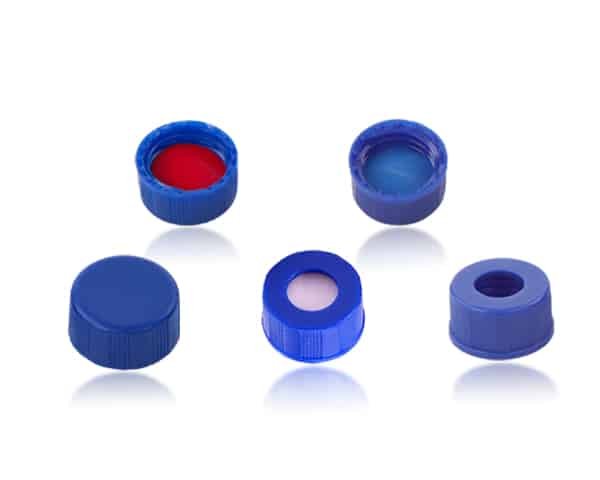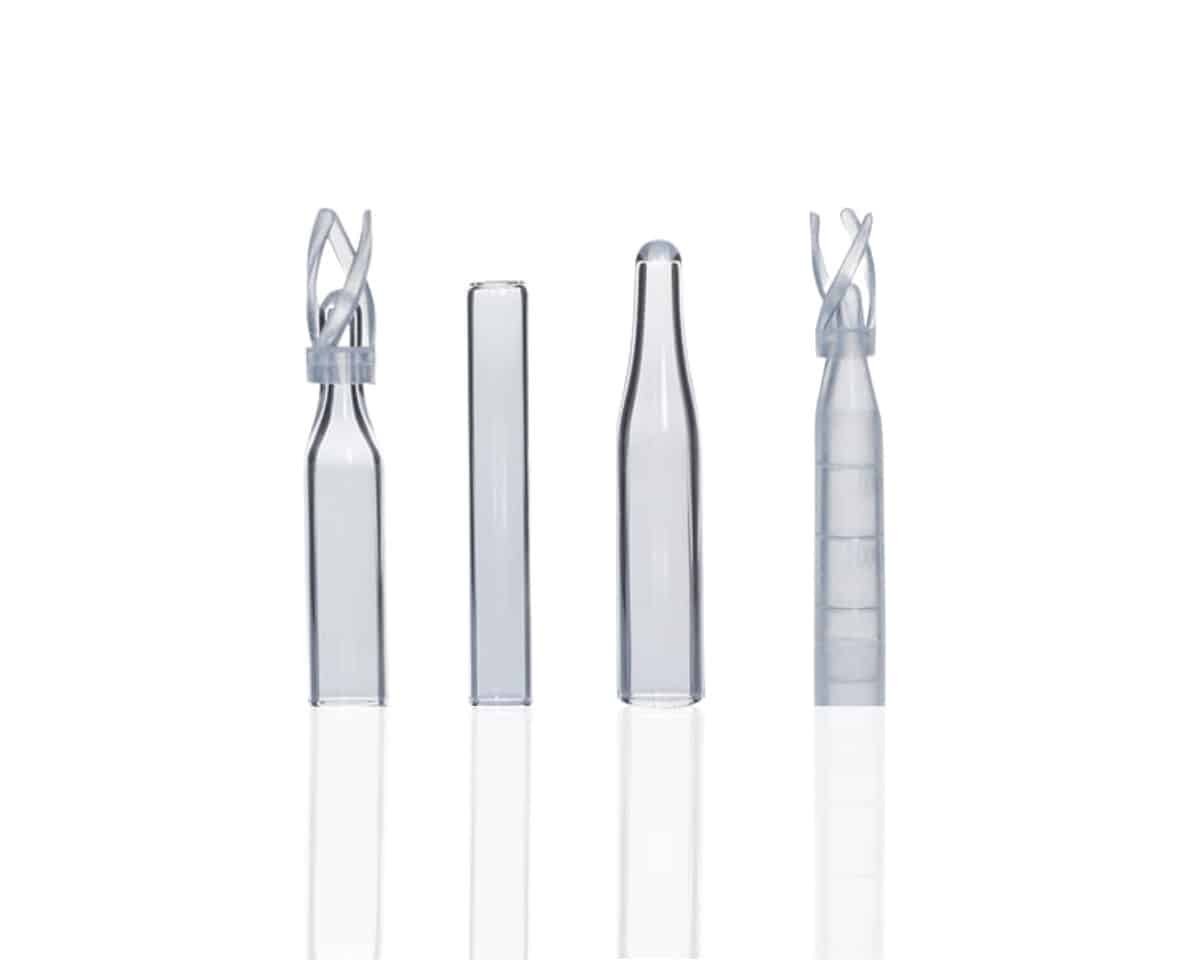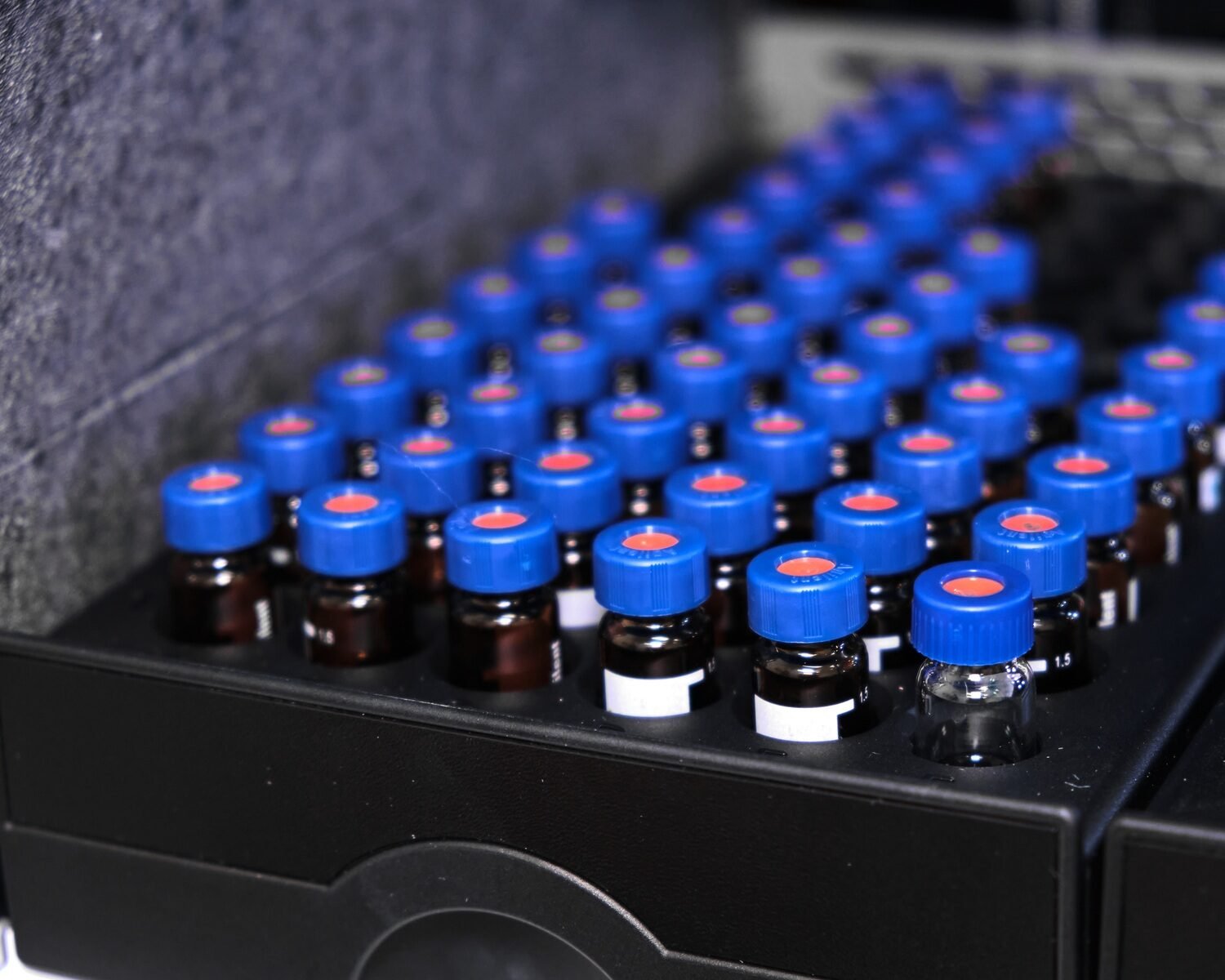Ever walked into a lab and wondered why there’s so much emphasis on the kind of glassware they use? Whether you’re familiar with chromatography or just starting out, understanding the term glass standard can make a world of difference in your lab work. Let’s break it down together, and I’ll explain why it matters.
What is a Glass Standard?
In simple terms, glass standard refers to the criteria that glassware—like HPLC vials, beakers, or other laboratory tools—must meet to ensure consistent quality, durability, and compatibility. These standards are essential in scientific fields, where precision and reliability are non-negotiable. Imagine trying to conduct an important experiment, but your vial cracks under pressure, contaminating your sample. That’s not something you want happening, right?
But here’s where it gets interesting. Different glass standards are set by organizations to define the purity of the glass, its resistance to chemicals, and its ability to withstand different temperature ranges. For chromatography, the glass used in vials needs to meet strict requirements to ensure that your results are accurate and reproducible. If you’re a lab professional or researcher, wouldn’t you agree that the quality of your materials can make or break your experiment?
Let’s explore a bit more.

Why Do Glass Standards Matter?
Have you ever tried baking with a faulty oven? The recipe might be perfect, but without consistent heat, the result is unpredictable. Similarly, in scientific research, glass standards ensure that the environment you’re working in is controlled. Here are a few key reasons glass standards matter in chromatography and other fields:
- Chemical Resistance
The chemicals you use in chromatography can be pretty harsh. The glass used in vials and other consumables must be resistant to these chemicals to avoid any unwanted reactions. The standard ensures that the glass doesn’t leach substances into your sample, which could distort your data. - Thermal Stability
Ever placed a cold glass on a hot surface and watched it crack? In lab settings, rapid temperature changes are common, and glassware needs to handle these fluctuations without breaking. Glass standards define how well the material can withstand such changes, preventing mishaps. - Transparency and Clarity
For many lab applications, especially chromatography, you need to see what’s going on inside the vial or container. Standards ensure that the glass has high transparency so you can visually monitor reactions or separations.
So, what do you think? Does the importance of glass standards in your lab work surprise you?
Common Glass Standards You Should Know About
Let’s look at some of the major types of glass standards that you’ll encounter, especially if you’re working with HPLC vials.
Type 1 Borosilicate Glass
This is the gold standard for most lab glassware, especially HPLC vials. Type 1 borosilicate glass is known for its low expansion rate, which means it can withstand high thermal stress. It’s also chemically resistant, which is crucial when dealing with volatile solvents in chromatography.
You might be familiar with brands like Schott or Pyrex, both known for their high-quality borosilicate glass. This type of glass is often chosen for its ability to handle both acidic and basic compounds without breaking down. When you’re running an experiment that could take hours or days, you want to trust that your glassware won’t interfere with your results.
Type 2 Soda-Lime Glass
While not as robust as borosilicate, Type 2 glass is often used for less demanding applications. It’s cheaper and still offers reasonable chemical resistance. However, it’s not ideal for extreme temperatures or highly reactive chemicals. If you’re working with HPLC, this might not be the best choice, but it’s worth knowing about for other, less critical uses.
USP (United States Pharmacopeia) Standards
The USP sets stringent standards for materials used in pharmaceuticals, including glass. HPLC vials often need to comply with USP standards to ensure they are safe for drug development and testing. USP standards also ensure the glass is free from contaminants that could affect the purity of your sample. This is critical for both research and production environments where the smallest impurity can lead to significant problems.
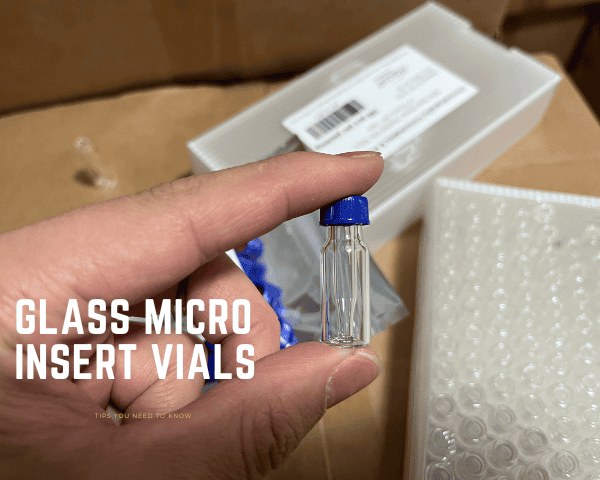
Does this make you rethink how you choose your lab materials? Maybe next time, you’ll be more selective when picking glassware.
Chinese Glass Quality Standards: Understanding YBB Glass Classifications
When it comes to glassware standards in China, two important categories you should know about are low borosilicate glass (YBB00302002-2015) and medium borosilicate glass (YBB00292005-2015). These standards are critical in industries like pharmaceuticals, biotechnology, and laboratory research, where the quality of glass impacts both safety and results.
YBB00302002-2015: Low Borosilicate Glass
Low borosilicate glass, regulated by the standard YBB00302002-2015, is commonly used in pharmaceutical packaging for items like ampoules and vials. This type of glass has a lower resistance to chemical corrosion and thermal stress compared to higher-grade glass. It’s suitable for less demanding applications where the chemicals involved are not highly reactive and where temperature changes are moderate.
One of the defining features of low borosilicate glass is its reduced silica content. While it still offers some resistance to thermal shock, it’s not ideal for experiments involving extreme temperature fluctuations or aggressive chemicals. This makes it less suitable for high-performance liquid chromatography (HPLC) applications, but it’s widely used in the pharmaceutical industry for basic packaging needs.
YBB00292005-2015: Medium Borosilicate Glass
In contrast, medium borosilicate glass, regulated by YBB00292005-2015, is a higher-quality material used for more demanding pharmaceutical and laboratory applications. This glass has better chemical stability and resistance to thermal shock than low borosilicate glass, thanks to its higher boron content. The higher boron levels allow the glass to withstand more extreme conditions, making it a better choice for situations where higher precision and durability are needed.
This type of glass is commonly used in medical vials and other labware that must endure frequent heating, cooling, and exposure to reactive chemicals. In the world of chromatography, where precision is crucial, medium borosilicate glass is a far better choice for ensuring the integrity of your samples.
Classification Basis and Standard Definitions
Both of these standards—YBB00302002-2015 and YBB00292005-2015—are based on the glass’s chemical composition, primarily the amount of boron, silica, and alkali metals in the material. The higher the boron content, the greater the glass’s ability to resist chemical corrosion and withstand temperature fluctuations.
- Low borosilicate glass (YBB00302002-2015): Contains a lower concentration of boron, which makes it more affordable but less resistant to extreme conditions.
- Medium borosilicate glass (YBB00292005-2015): Has a higher boron concentration, providing greater chemical and thermal resistance, which is crucial for more demanding applications.
These standards ensure that glassware in pharmaceutical and laboratory settings in China meets the necessary safety and performance requirements. For more information on these standards, you can refer to official documentation from the China Food and Drug Administration (CFDA) or other authoritative sources like the National Standards of the People’s Republic of China.
Understanding these classifications helps you choose the right materials for your specific lab needs. Wouldn’t you agree that selecting the correct glass type is crucial when working with sensitive materials?
How to Ensure Your HPLC Vials Meet Glass Standards
Now that you know the importance of glass standards, how can you ensure your HPLC vials meet the necessary criteria?
Supplier Verification
When purchasing HPLC vials, always check if the supplier follows internationally recognized glass standards. Reputable suppliers will have certificates or documentation proving their glass meets the required specifications, such as USP or ASTM standards.
Testing Your Vials
You can test your vials by subjecting them to various conditions that mimic real-world applications. Expose them to different chemicals, temperatures, and pressures to ensure they hold up. If you’re working with a new supplier, it might be worth running a few test experiments to validate their claims before committing to a large purchase.
Stay Updated
Glass standards evolve over time as new technologies and materials emerge. It’s essential to stay updated on any changes in regulations or standards that may affect your field. This ensures that your lab is always compliant and using the best materials available.
One good resource to check for updated standards is the ASTM (American Society for Testing and Materials) website (https://www.astm.org). They frequently update their protocols based on new research and findings. You wouldn’t want to be caught using outdated materials, would you?
Conclusion: Glass Standards Protect Your Results
In the end, glass standards aren’t just a technicality—they’re a key factor in the success of your experiments. Whether you’re working with chromatography or any other lab process, the quality and reliability of your glassware directly affect your outcomes. So, what’s the takeaway? Always ensure that your HPLC vials and other glassware meet the highest standards to avoid costly mistakes in your research.
Do you agree with the importance of glass standards in lab settings? How often do you evaluate the quality of your materials? Drop a comment below—I’d love to hear your thoughts!

